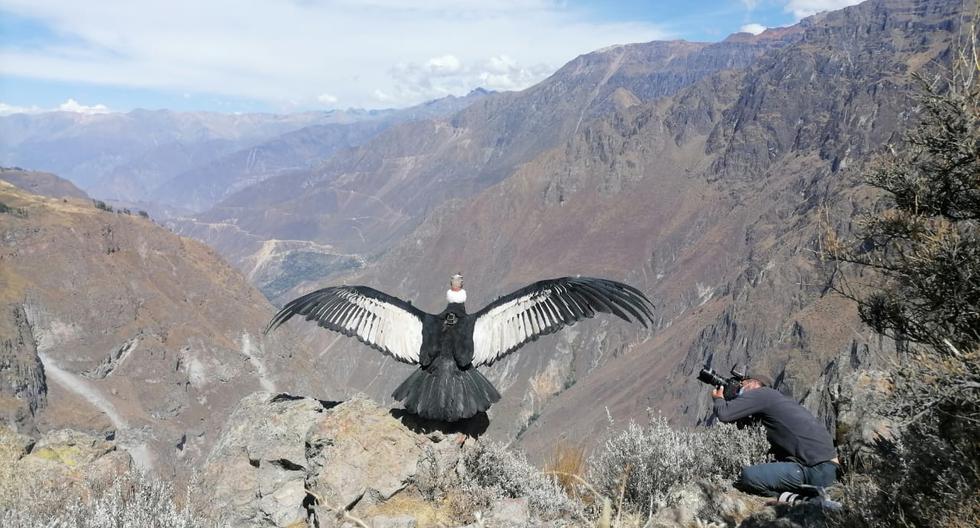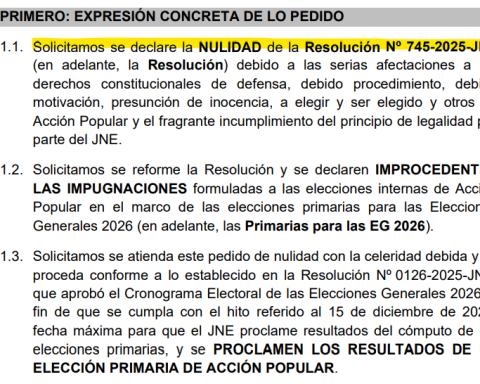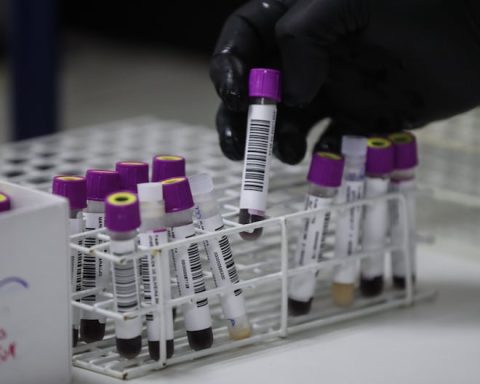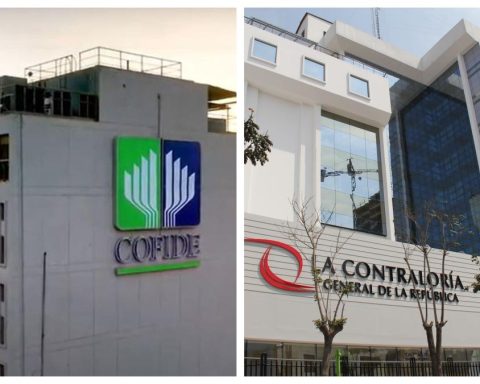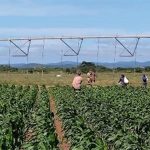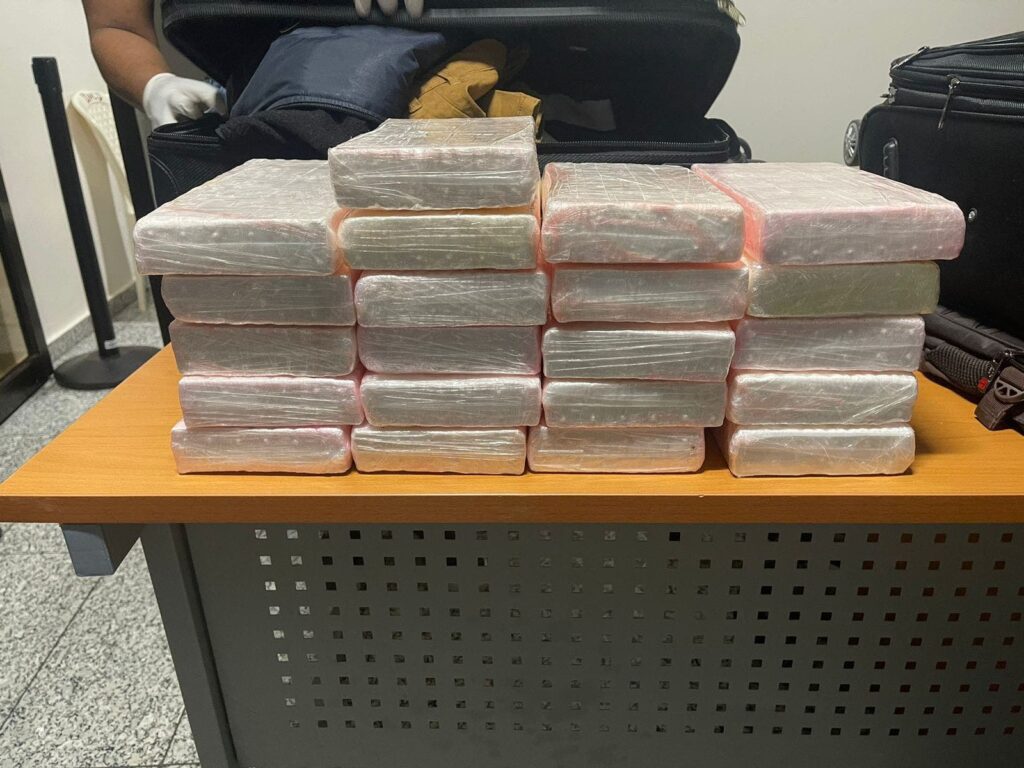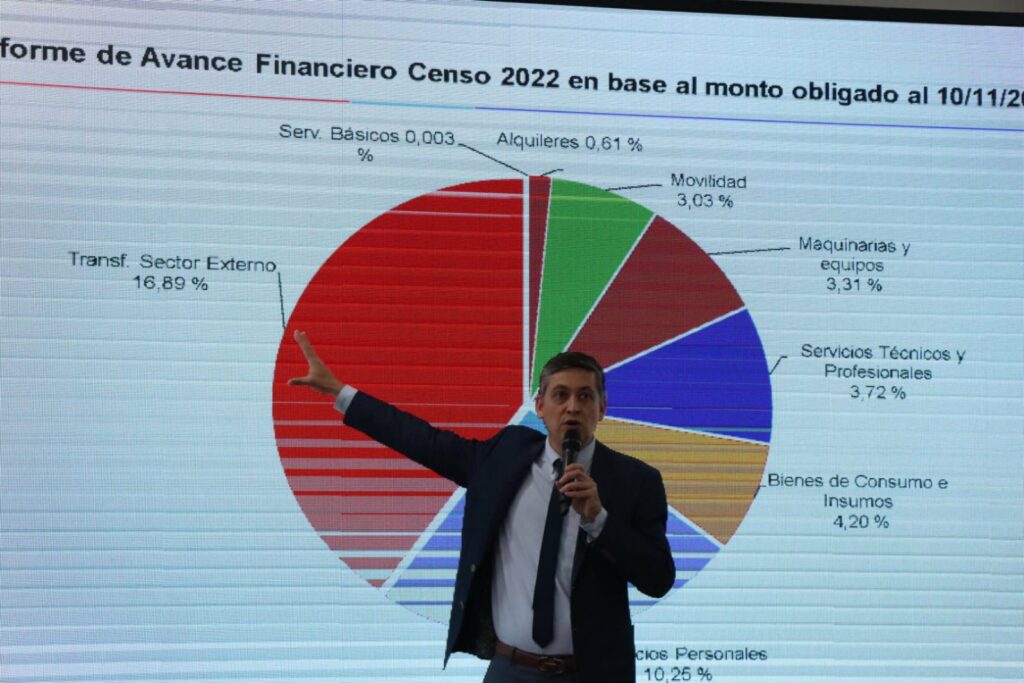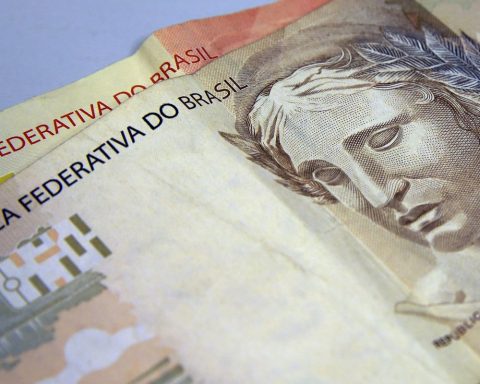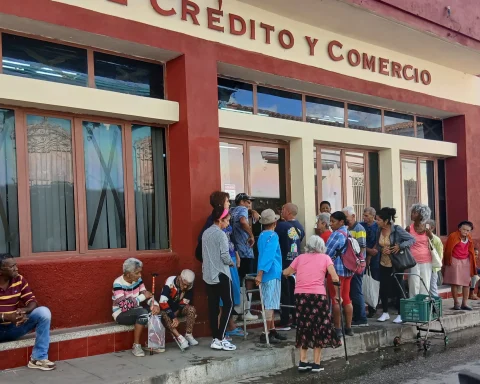A team from the Ornithology Area of the Scientific Collection of the Natural History Museum of Arequipa – MUSA detected that a population of Andean condors, located in two protected areas of Peru (one coastal and one Andean), are being contaminated with the alarming intake of microplastics in your diet.
According to ornithologist Víctor Gamarra-Toledo, researcher and leader of the project financed by the National Fund for State Protected Natural Areas (Profonanpe), a recent study evaluated the presence of plastic in pellets of Andean condor.
It should be noted that the pellets are balls of organic remains that some species of birds regurgitate and that contain the indigestible parts of their food. These are found in areas where birds sleep.
In this sense, these remains left by the Andean condors were evaluated, which have as habitat the San Fernando National Reserve (Ica) and the Pampa Galeras National Reserve (Ayacucho).
“We find mega, macro, meso and microplastics in worrying amounts. 100% of the pellets in the coastal zone (Ica) and 85% in the Andean zone (Ayacucho) had microplastics”, Victor Gamarra pointed out.
The results show that the condors are ingesting plastic through their diet. The following two hypotheses are handled:
- The condors they consume the plastic through the food chain, that is, they eat animals that had microplastics in their organisms.
- The condorsin the Andean zone, directly ingest the plastic.
“These findings are alarming since plastic can cause health changes in Andean condors with negative consequences for their populations.”, warned Víctor Gamarra.
Study confirms hypothesis
According to the study, published in the Social Science Research Networkit was confirmed that the carcasses consumed by condors in both areas of study were contaminated with plastic.
Thus, it is most likely that plastic in Andean condors is acquired through the food chain both in the marine and terrestrial environments.
“Peru’s Andean condors are highly contaminated with plastic, which can affect their health, population dynamics, and conservation. Furthermore, since condors are scavengers, our results highlight the fact that plastic pollution in remote areas of Peru is present at different levels of the food web and in the environment. Urgent action must be taken to reduce environmental contamination with this hazardous material.”requires the investigation.
:quality(75)/cloudfront-us-east-1.images.arcpublishing.com/elcomercio/5C5637NNUNBN3A6VWDL2HEDSIY.jpg)
FACT
- Condors consume mainly South American pinnipeds and camelids in the marine-coastal region, and camelids and cattle in the Andean region.
RECOMMENDED VIDEO
:quality(75)/cdn.jwplayer.com/v2/media/33tcE0v6/poster.jpg)
